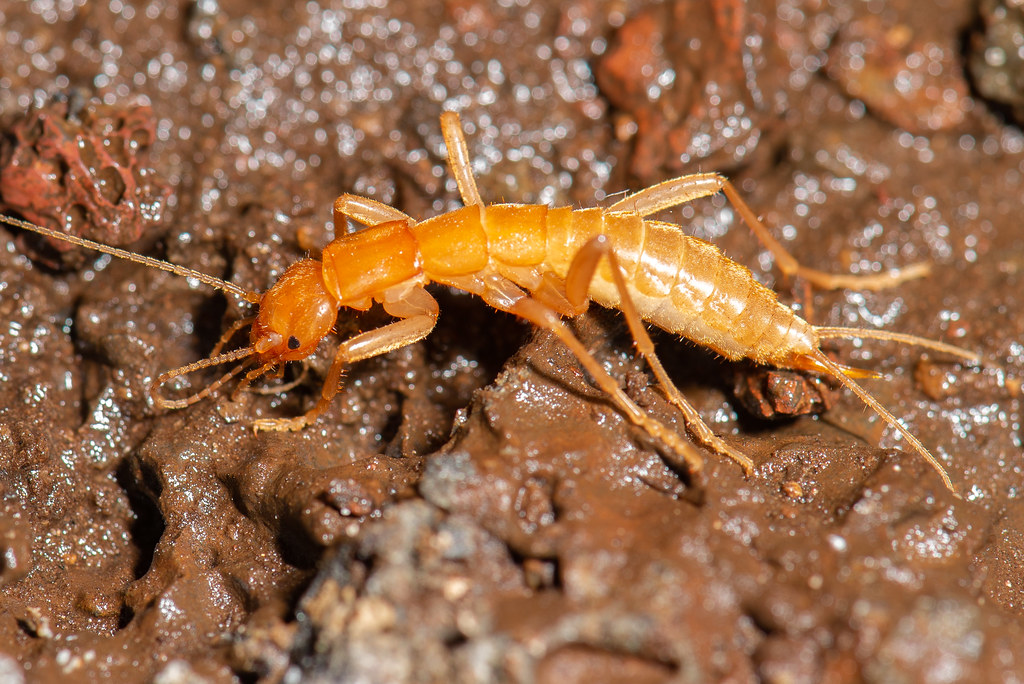High in the Sierra Nevada mountains, where snow never melts and temperatures plummet to bone-chilling extremes, an extraordinary creature defies every law of survival we think we know. While most insects flee from the cold or die when winter arrives, one remarkable species has chosen to make the frozen wasteland its permanent home. The Grylloblatta, commonly known as the ice crawler, represents one of nature’s most astonishing evolutionary puzzles. These ancient insects have been quietly thriving in conditions that would kill almost any other living creature for millions of years. What makes them so special that they’ve earned the nickname “living fossils,” and how do they manage to not just survive but flourish in Earth’s most unforgiving environments?
Ancient Survivors from a Prehistoric World
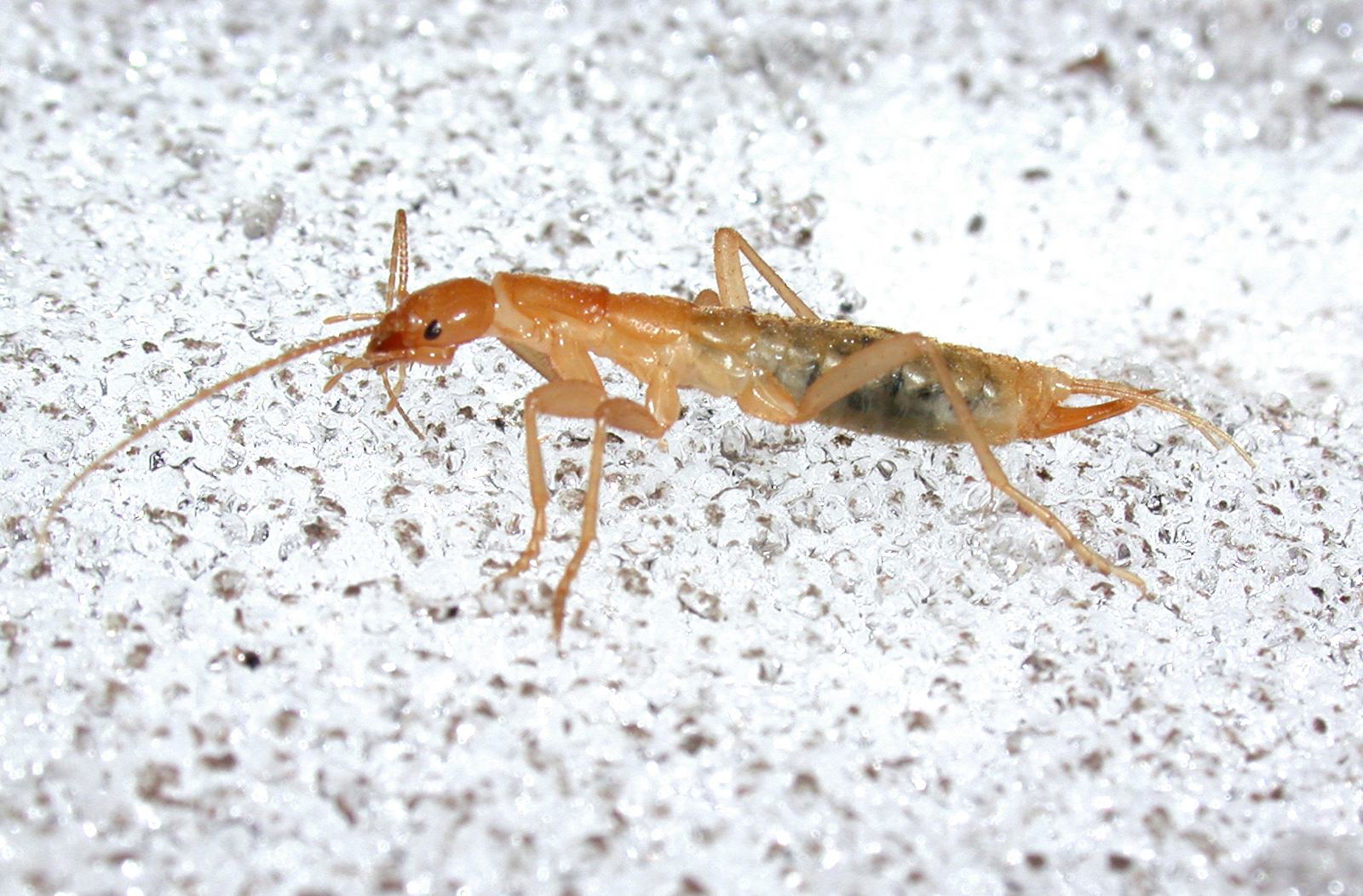
Ice crawlers belong to an insect order so old that scientists consider them living remnants from the age of dinosaurs. These creatures have remained virtually unchanged for over 300 million years, making them true evolutionary time capsules. Unlike other insects that have adapted and evolved dramatically over millennia, ice crawlers have found their perfect niche and stuck with it. Their fossil records show almost identical body structures to modern specimens, proving that sometimes evolution’s greatest success story is knowing when not to change. When you observe an ice crawler today, you’re essentially looking at the same creature that scuttled across ancient landscapes when the first forests were just beginning to form. This extraordinary evolutionary stability makes them invaluable to scientists studying prehistoric life and climate conditions.
Masters of the Frozen Realm
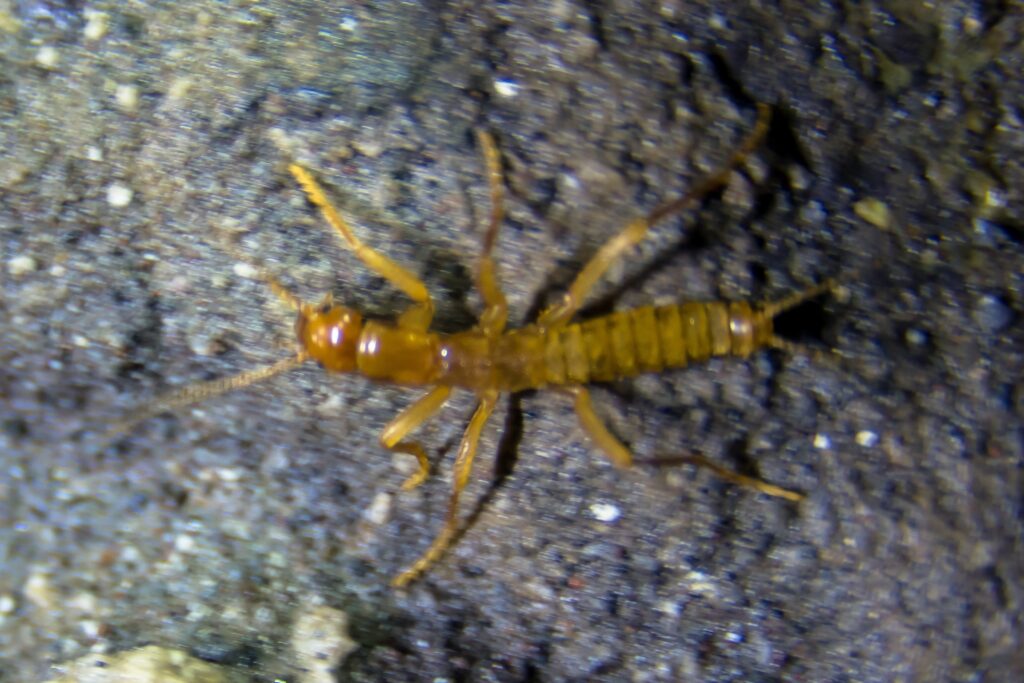
What sets ice crawlers apart from every other insect on Earth is their complete dependence on cold temperatures for survival. These remarkable creatures actually die if exposed to temperatures above 50 degrees Fahrenheit, making them the ultimate cold-weather specialists. They’ve evolved a unique physiology that allows their bodies to function efficiently in near-freezing conditions where other insects would simply shut down. Their metabolic processes have adapted to work slowly but steadily in extreme cold, like a perfectly tuned engine designed for arctic conditions. During winter months, when most mountain wildlife has migrated or gone dormant, ice crawlers become more active and can be found hunting for food on snow surfaces. This reverse seasonal behavior makes them one of nature’s most counterintuitive success stories.
The Sierra Nevada’s Secret Population
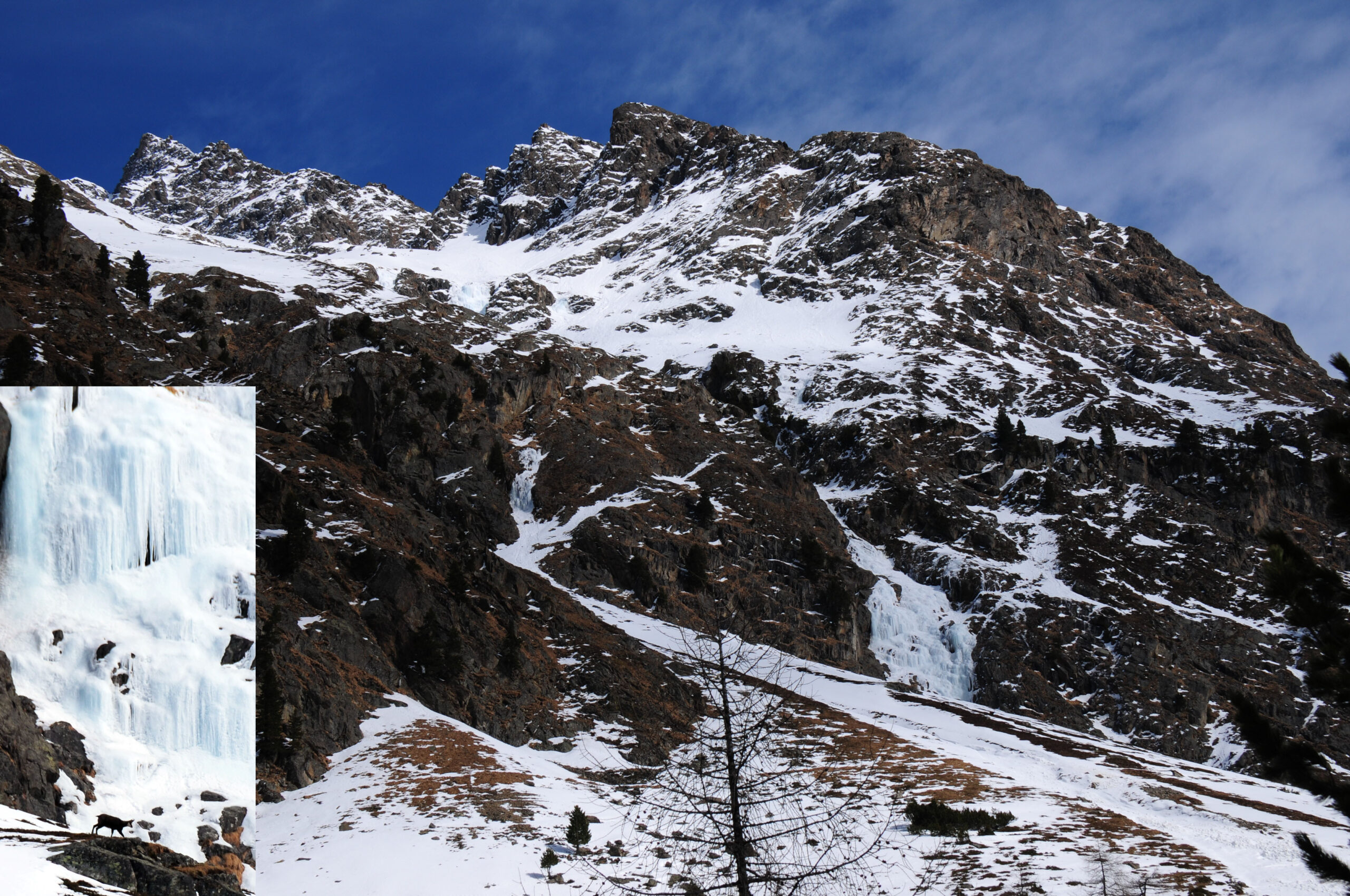
The Sierra Nevada mountain range hosts one of the most studied and fascinating populations of ice crawlers in North America. These mountains provide the perfect habitat with their permanent snowfields, glacial crevices, and consistently cold temperatures year-round. Scientists have discovered ice crawler colonies at elevations ranging from 8,000 to over 12,000 feet, where they inhabit caves, rock crevices, and areas beneath permanent snow cover. The Sierra Nevada’s unique geography creates microclimates that remain stable throughout the year, giving ice crawlers the consistent conditions they need to thrive. Research teams often have to use specialized cold-weather equipment and techniques just to study these creatures in their natural habitat. The mountain’s ice crawler populations serve as important indicators of climate change impacts on high-altitude ecosystems.
Anatomy of a Living Fossil
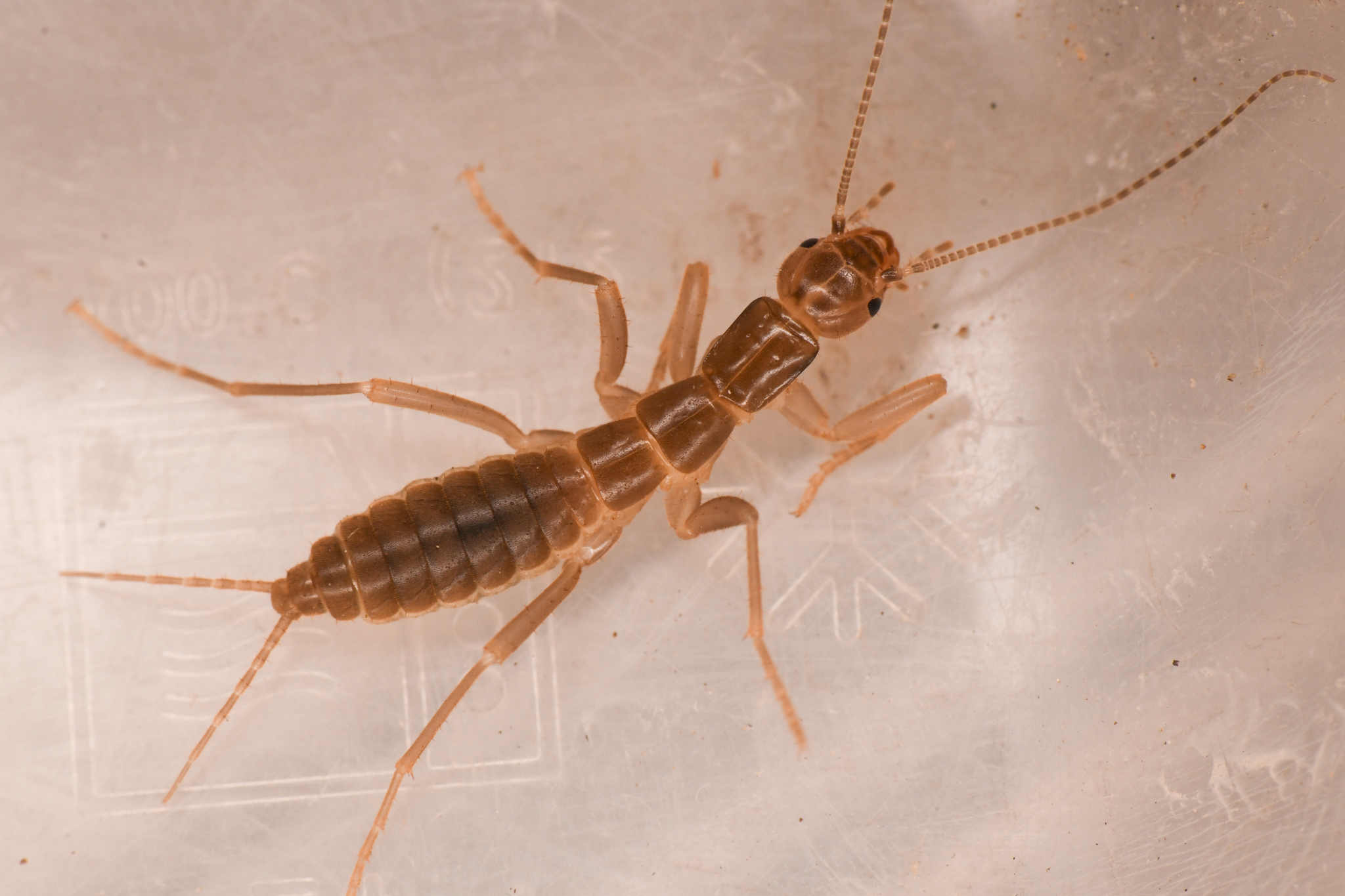
Ice crawlers possess a body design that seems almost alien compared to other insects, reflecting their ancient evolutionary origins. Their elongated, wingless bodies stretch about an inch in length and feature long, thread-like antennae that can extend nearly as long as their entire body. These antennae serve as sophisticated sensory organs, helping them navigate in the dark, icy environments where they spend most of their lives. Their legs are remarkably long and thin, perfectly adapted for moving across snow and ice without sinking or losing traction. Unlike most insects, ice crawlers have relatively soft, flexible exoskeletons that can bend and compress, allowing them to squeeze into narrow rock crevices and survive under heavy snow loads. Their pale, almost translucent coloration helps them blend seamlessly with their icy surroundings, making them nearly invisible to both predators and researchers.
Surviving Where Nothing Else Can
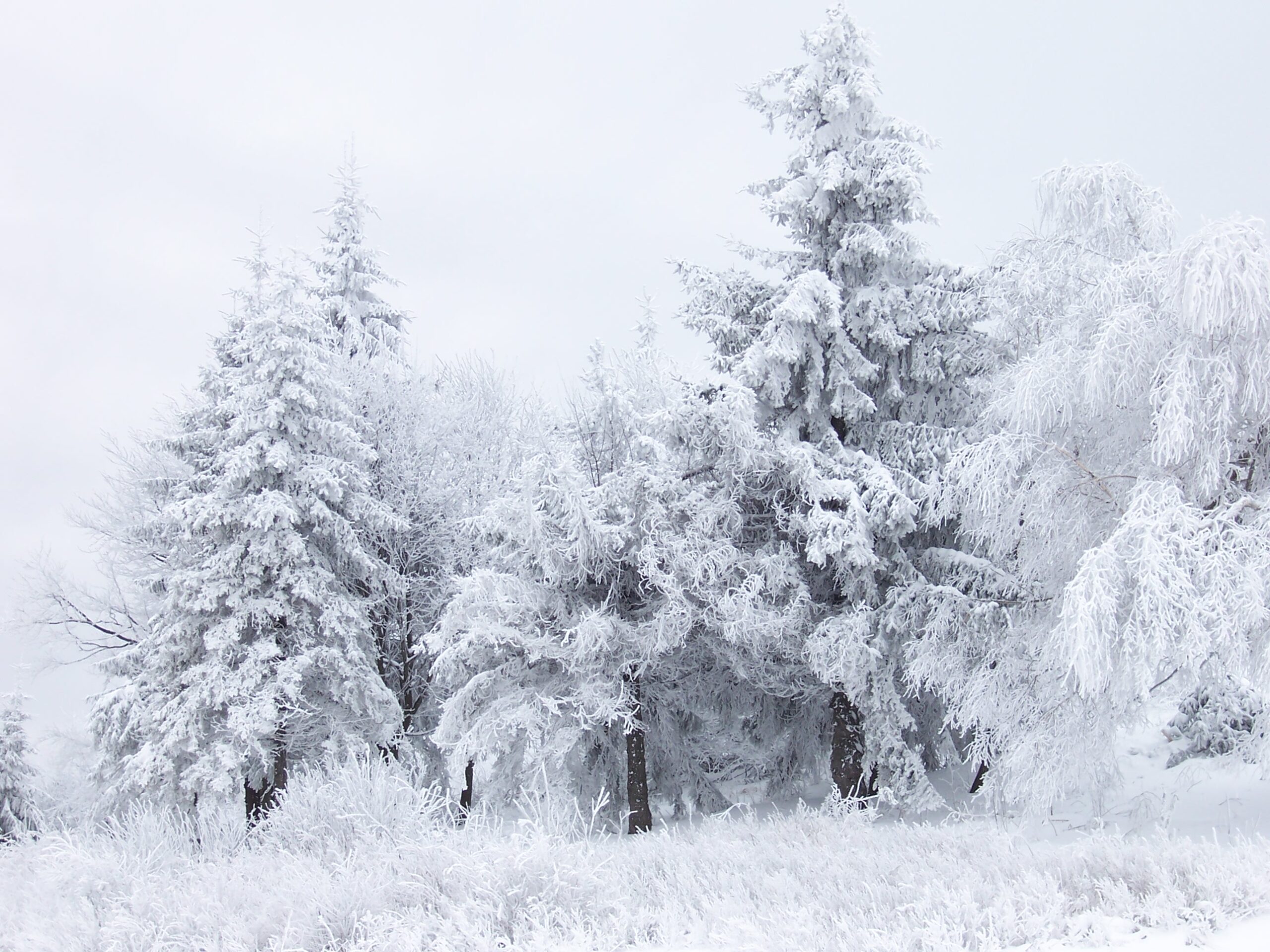
The physiological adaptations that allow ice crawlers to survive in extreme cold read like a science fiction novel, yet they’re entirely real and remarkably effective. Their body fluids contain special antifreeze proteins that prevent ice crystals from forming inside their cells, similar to how antifreeze protects car engines in winter. These proteins work by binding to tiny ice crystals and preventing them from growing large enough to damage cellular structures. Ice crawlers also have an incredibly slow metabolism that allows them to survive on minimal food for extended periods, sometimes going months without eating. Their oxygen requirements are so low that they can remain active in environments where oxygen levels would be insufficient for most other creatures. This combination of adaptations makes them virtually indestructible in their chosen habitat, able to withstand temperature fluctuations, avalanches, and even being frozen solid for short periods.
The Mystery of Their Diet
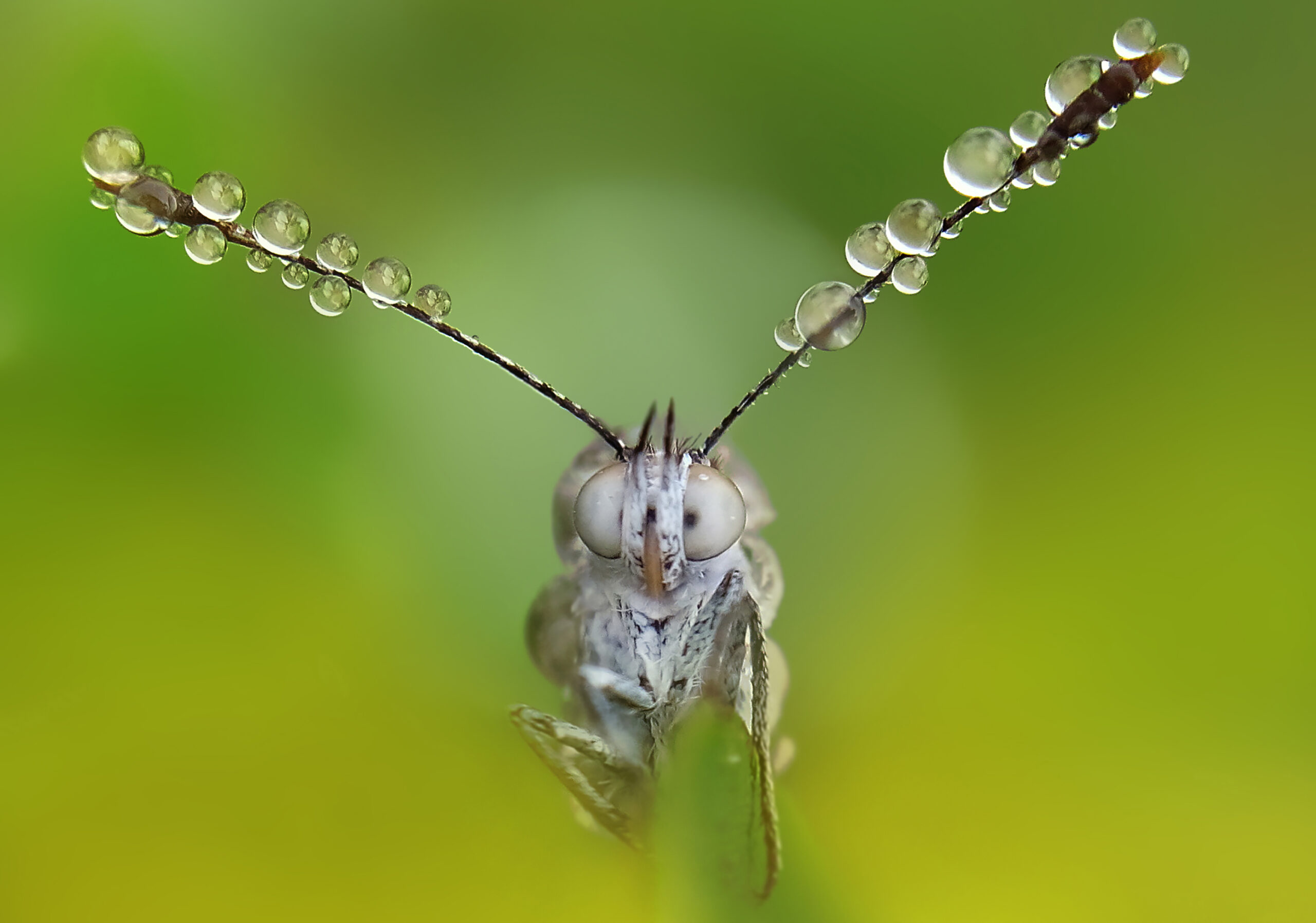
What ice crawlers eat in their frozen world has puzzled scientists for decades, as traditional food sources are scarce in their extreme habitat. These resourceful creatures have developed an opportunistic feeding strategy that includes scavenging dead insects, plant matter, and even other ice crawlers when necessary. They’ve been observed feeding on frozen flies, moths, and other insects that get trapped in ice or snow, essentially acting as nature’s cleanup crew in high-altitude environments. During brief summer periods, they may consume small amounts of vegetation, fungi, and organic debris that becomes available in their habitat. Their slow metabolism means they can survive on remarkably little food, making the most of whatever scarce resources their environment provides. This flexible diet strategy has been crucial to their survival in environments where food availability is unpredictable and often extremely limited.
Reproduction in the Deep Freeze
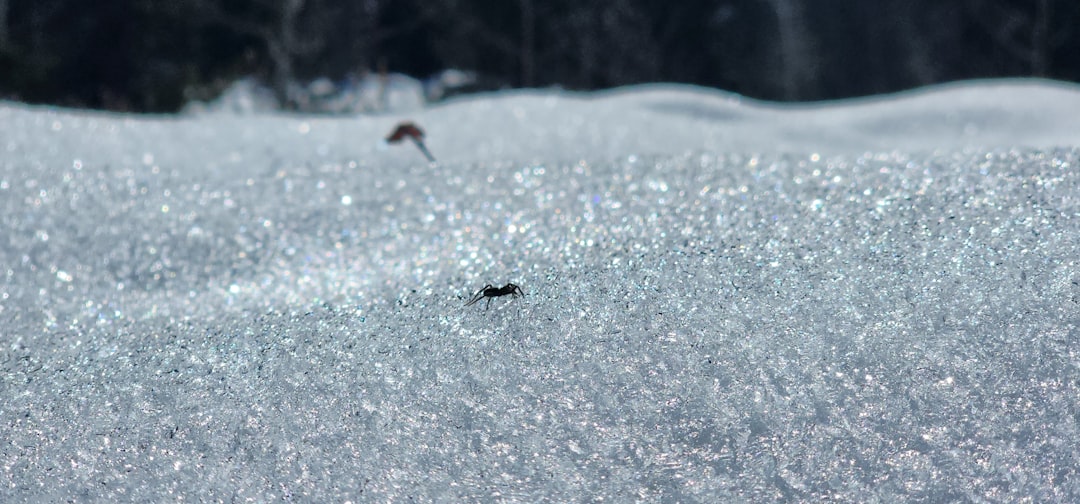
The reproductive cycle of ice crawlers is as unusual as every other aspect of their biology, adapted perfectly for life in perpetual winter conditions. These creatures have an extremely long developmental period, with some species taking up to seven years to reach sexual maturity. Females lay their eggs in protected crevices or under rocks where temperatures remain stable, and the eggs can remain dormant for months or even years before hatching. The young ice crawlers, called nymphs, look like miniature versions of adults and go through several molting stages before reaching full size. Their slow growth rate means that entire generations overlap, with grandparents, parents, and offspring often sharing the same habitat simultaneously. This extended family structure may help ensure survival during particularly harsh conditions, as experienced adults can lead younger individuals to the best shelter and food sources.
Climate Change and an Uncertain Future
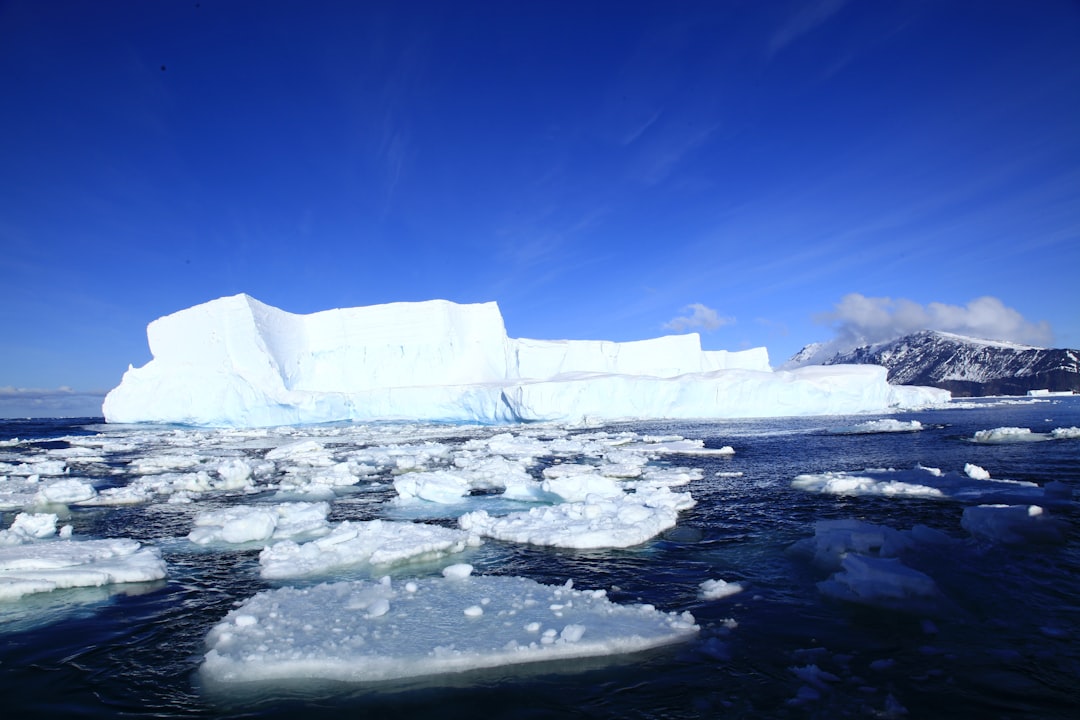
Global warming poses a unique and existential threat to ice crawlers, as rising temperatures could literally eliminate their habitat and cause their extinction. These creatures have no ability to adapt to warmer conditions, unlike other species that might migrate to cooler areas or adjust their behavior. As mountain snowpack decreases and permanent ice formations melt, ice crawlers are losing the stable, cold environments they’ve depended on for millions of years. Scientists are particularly concerned about populations in lower elevation areas, which are already experiencing temperature increases that push the limits of ice crawler survival. Climate models suggest that many current ice crawler habitats could become too warm within the next few decades, potentially wiping out entire populations. This makes ice crawlers important indicators of climate change impacts on high-altitude ecosystems and highlights the urgent need for conservation efforts.
Scientific Research and Discovery Challenges

Studying ice crawlers presents unique challenges that push the limits of field research, requiring scientists to work in some of the most inhospitable conditions on Earth. Researchers must often hike for hours through deep snow and extreme cold just to reach ice crawler habitats, carrying specialized equipment designed to function in sub-freezing temperatures. The creatures themselves are incredibly difficult to find, as they hide in rock crevices and under snow during daylight hours, only emerging at night when conditions are even more challenging for human researchers. Scientists have developed innovative techniques like using ultraviolet lights and specialized traps to locate and capture ice crawlers without harming them. Many research expeditions return empty-handed due to weather conditions, equipment failures, or simply the elusive nature of these remarkable insects. Despite these challenges, dedicated researchers continue to study ice crawlers because they hold important clues about evolution, adaptation, and the impacts of climate change on specialized species.
Ecosystem Role and Environmental Importance
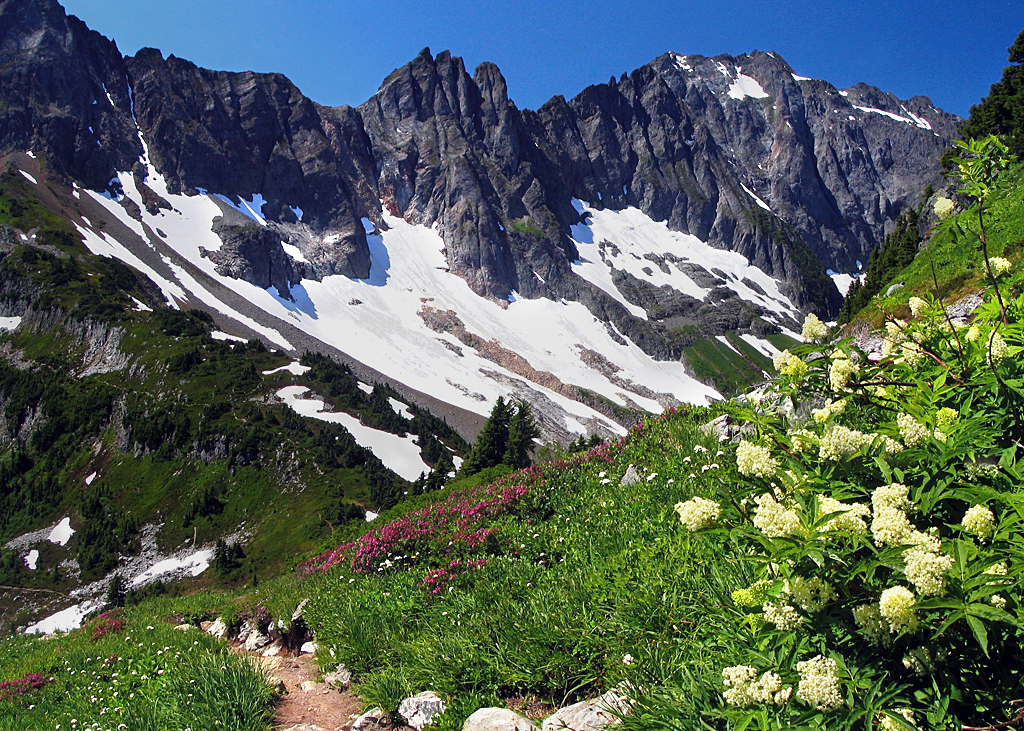
Despite their small size and secretive nature, ice crawlers play a surprisingly important role in high-altitude mountain ecosystems where few other creatures can survive. They serve as both predators and prey in food webs that exist in extreme environments, helping to cycle nutrients and energy through these harsh ecosystems. Birds, spiders, and other cold-adapted predators occasionally feed on ice crawlers, making them a vital link in the mountain food chain. Their scavenging behavior helps break down organic matter in environments where decomposition normally occurs very slowly due to cold temperatures. Ice crawlers also serve as important indicators of ecosystem health, as their presence or absence can signal changes in environmental conditions. Scientists use ice crawler populations to monitor the effects of climate change, pollution, and human activity on pristine mountain environments.
Comparison with Other Cold-Adapted Insects
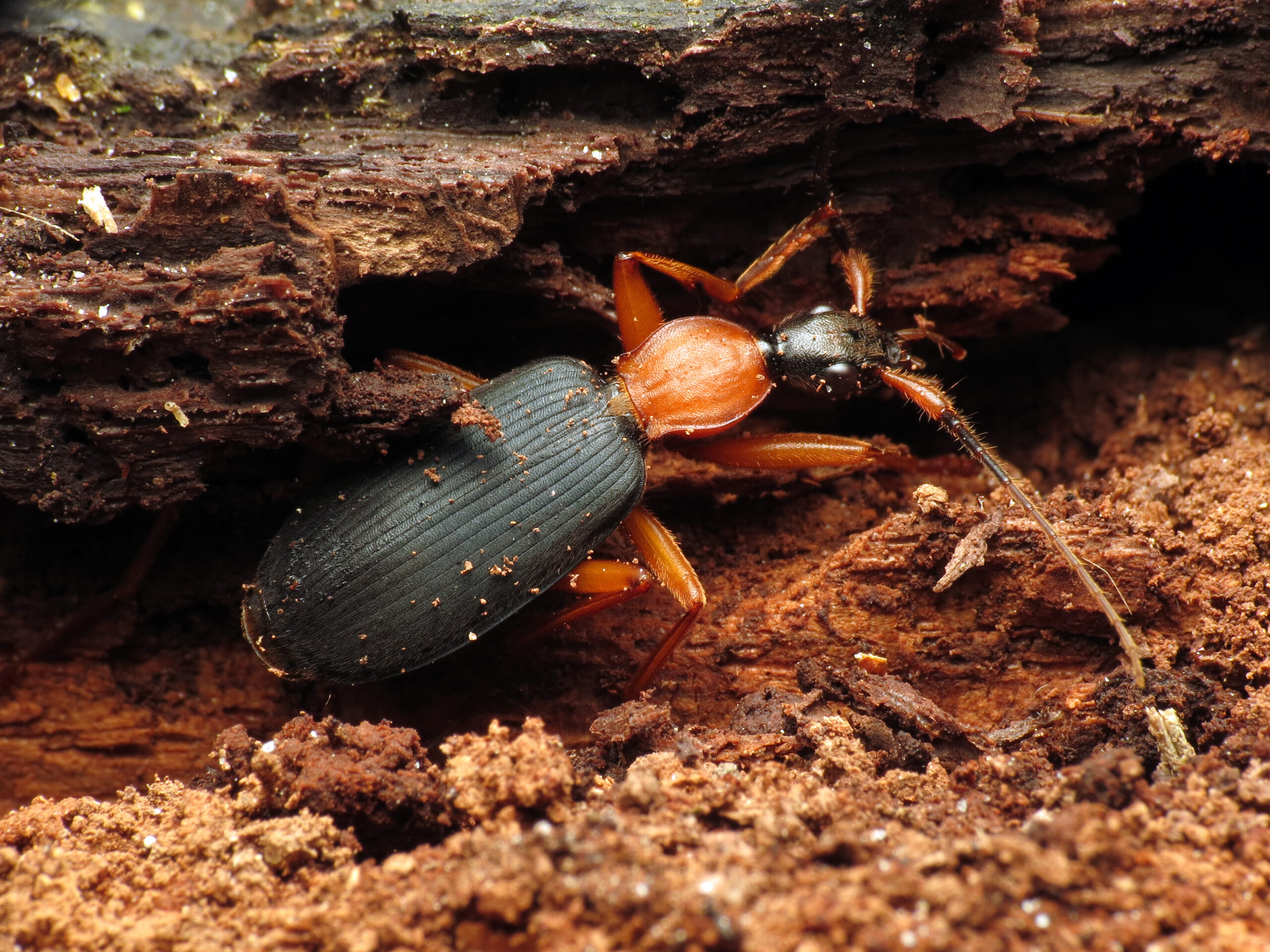
While other insects have developed strategies to survive cold weather, none have embraced the extreme cold quite like ice crawlers have. Most cold-adapted insects use techniques like hibernation, migration, or producing antifreeze compounds to survive winter, but they still require warmer temperatures during active periods. Arctic beetles and snow fleas can tolerate cold temperatures, but they become dormant during the coldest periods and require summer warmth to complete their life cycles. Ice crawlers, in contrast, remain active year-round and actually prefer temperatures that would be lethal to these other cold-adapted species. Some insects produce glycerol or other compounds to prevent freezing, but ice crawlers have developed a more sophisticated antifreeze system that allows them to remain active at temperatures below freezing. This makes them uniquely specialized among all known insects and highlights just how remarkable their evolutionary adaptations truly are.
Conservation Efforts and Protection Strategies
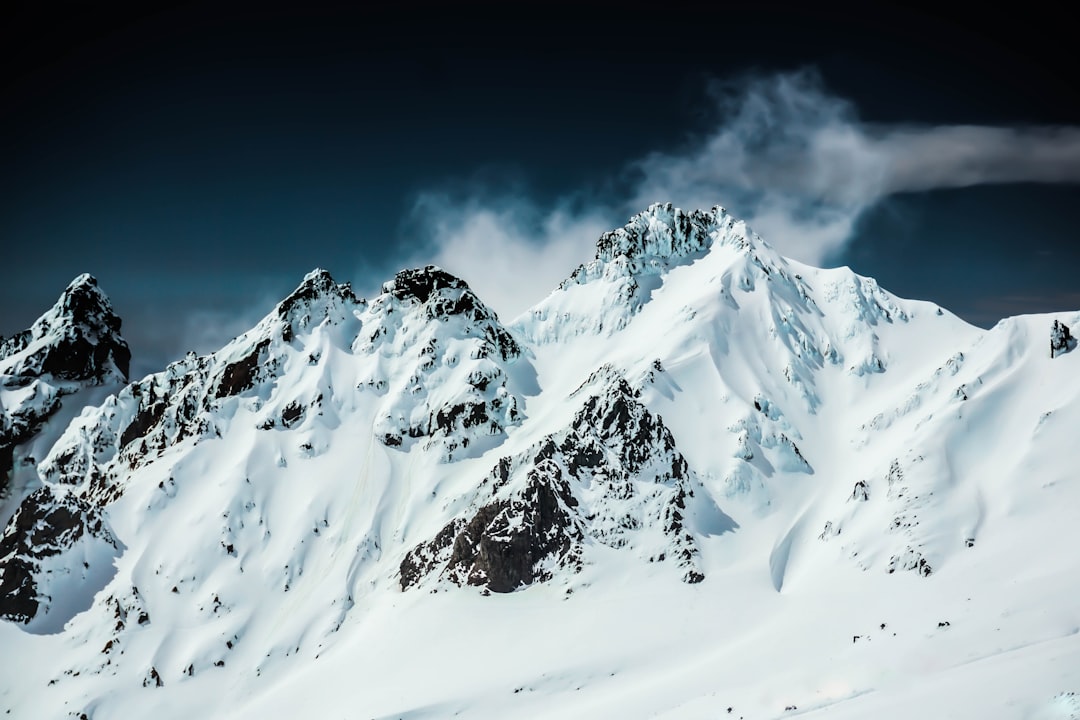
Protecting ice crawlers requires a different approach than traditional wildlife conservation, focusing on preserving specific microclimates and temperature conditions rather than large habitat areas. Scientists are working to identify and protect the most critical ice crawler habitats, including permanent snowfields, ice caves, and high-altitude rock formations. Some conservation efforts involve monitoring temperature changes in key habitats and working to minimize human activities that could alter these delicate environments. Researchers are also studying the possibility of relocating ice crawler populations to higher elevations or more stable cold environments as climate change progresses. Educational programs aim to raise awareness about these unique creatures and the importance of protecting mountain ecosystems. Despite their small size and limited public visibility, ice crawlers have become symbols of the urgent need to address climate change and protect specialized species that cannot adapt to rapidly changing conditions.
Cultural and Scientific Significance

Ice crawlers have captured the imagination of scientists and nature enthusiasts worldwide, representing one of evolution’s most remarkable success stories. Indigenous peoples of mountain regions have known about these creatures for centuries, often incorporating them into stories and traditional ecological knowledge. Modern scientific interest in ice crawlers has led to important discoveries about how life can adapt to extreme conditions, with implications for astrobiology and the search for life on other planets. Their ability to survive in conditions similar to those found on Mars or other cold celestial bodies makes them valuable subjects for space research. Museums and educational institutions use ice crawlers to teach about evolution, adaptation, and the incredible diversity of life on Earth. These living fossils serve as powerful reminders that evolution doesn’t always mean change, and sometimes the greatest success comes from finding the perfect niche and defending it for millions of years.
The Future of Ice Crawler Research
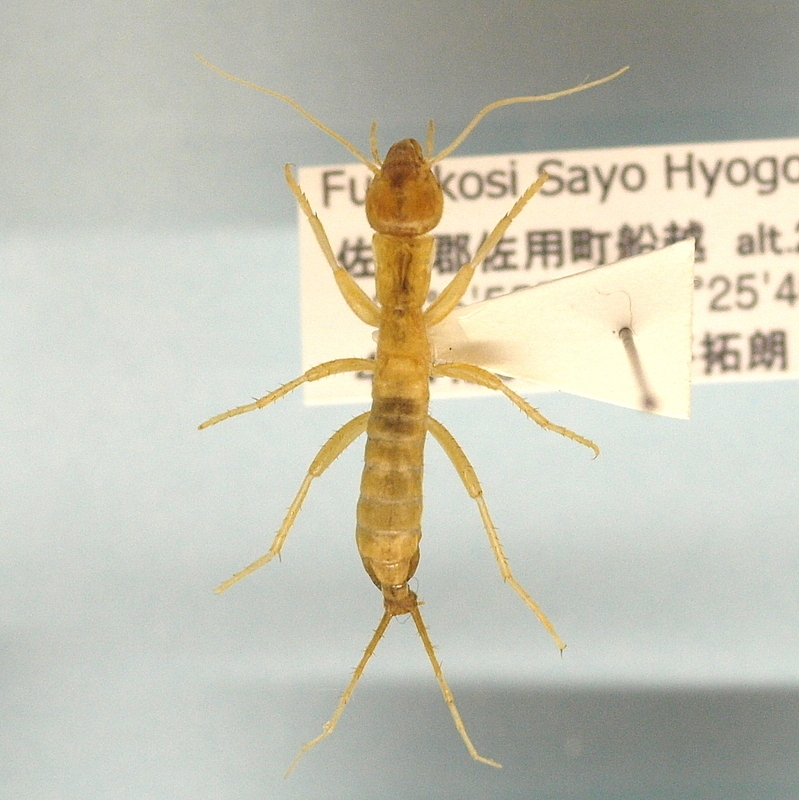
Ongoing research into ice crawlers continues to reveal new insights about their biology, behavior, and evolutionary significance. Scientists are using advanced genetic sequencing techniques to better understand how ice crawlers have maintained their ancient characteristics while surviving in extreme environments. New research methods, including remote sensing and automated monitoring equipment, are helping scientists study ice crawler populations without disturbing their sensitive habitats. Climate change research increasingly relies on ice crawler populations as indicators of environmental change in mountain ecosystems. Future studies may focus on understanding the molecular mechanisms behind their antifreeze proteins, which could have applications in medicine, agriculture, and biotechnology. As technology advances, researchers hope to unlock more secrets about how these remarkable creatures have survived unchanged for hundreds of millions of years, potentially revealing new strategies for conservation and adaptation in a changing world.
Living Legends of the Frozen Heights
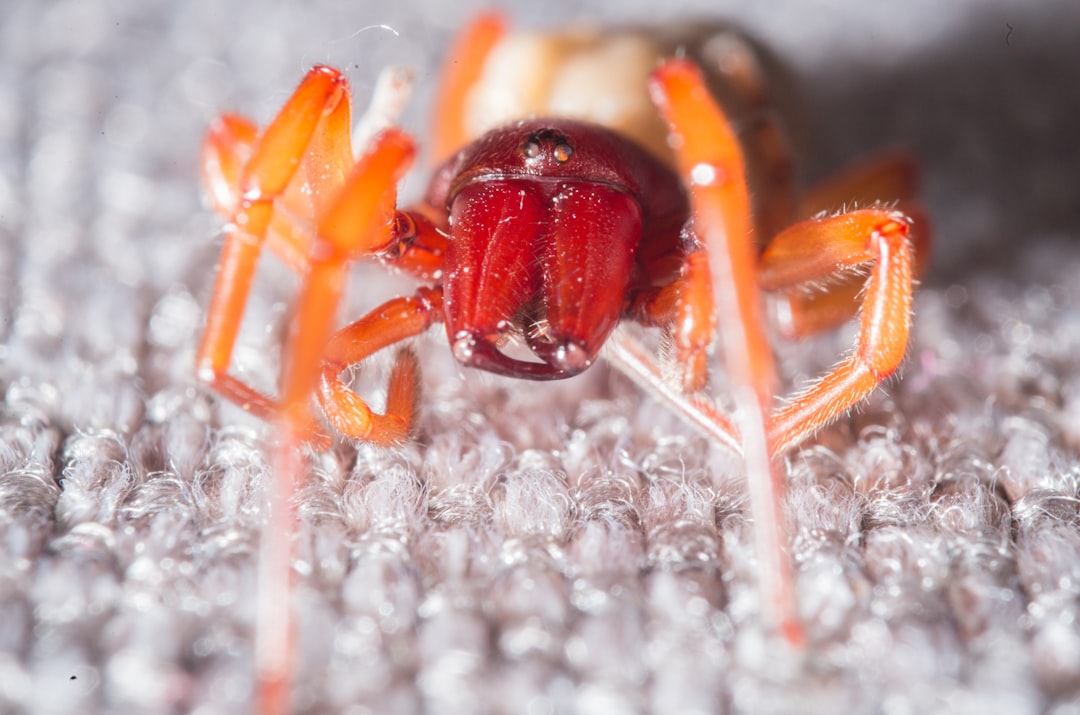
The ice crawlers of the Sierra Nevada represent one of nature’s most extraordinary achievements, demonstrating that life can not only survive but thrive in the most unlikely places. These living fossils have witnessed the rise and fall of countless species, survived ice ages and climate changes, and continued their ancient way of life largely unchanged for hundreds of millions of years. Their story challenges our understanding of what’s possible in the natural world and reminds us that evolution’s greatest successes sometimes come from specialization rather than adaptation. As climate change threatens their icy realm, ice crawlers have become unlikely ambassadors for conservation efforts and symbols of the delicate balance that exists in Earth’s most extreme environments. Their continued survival depends on our ability to protect the frozen habitats they call home and address the global changes that threaten their ancient way of life. What will it take to ensure these remarkable living fossils continue their incredible journey through time?

